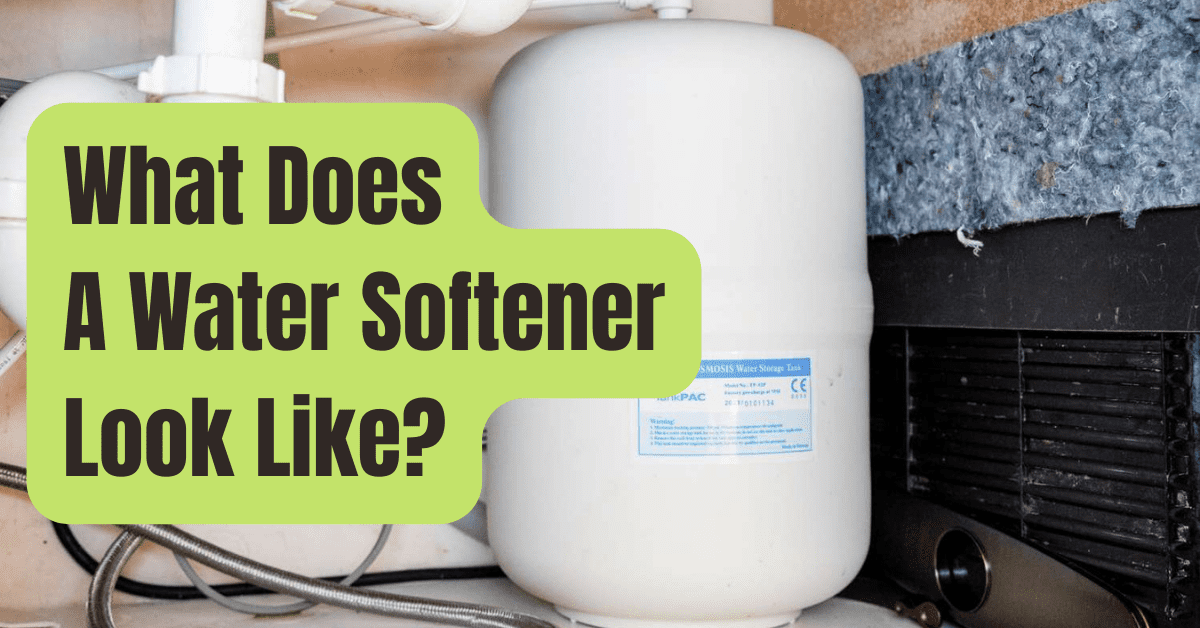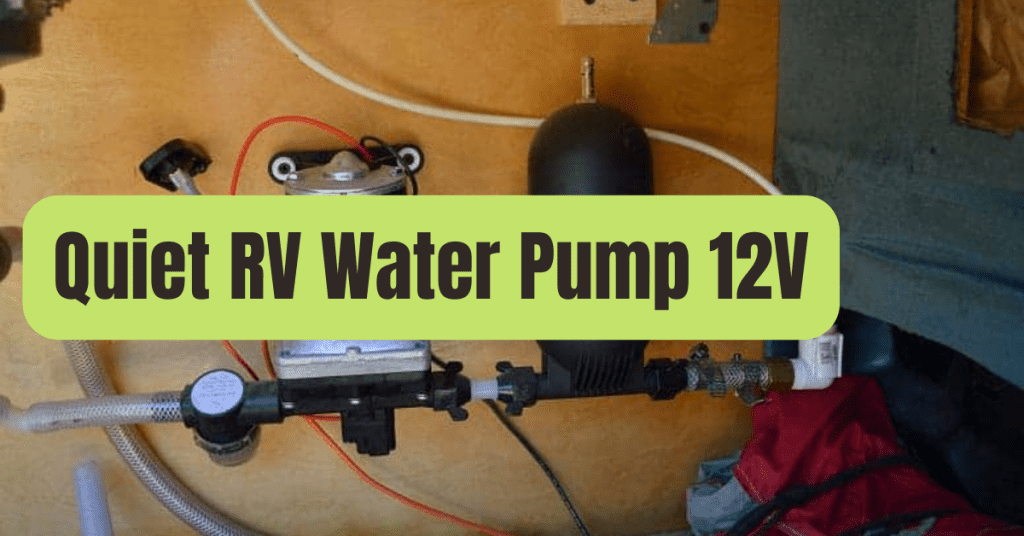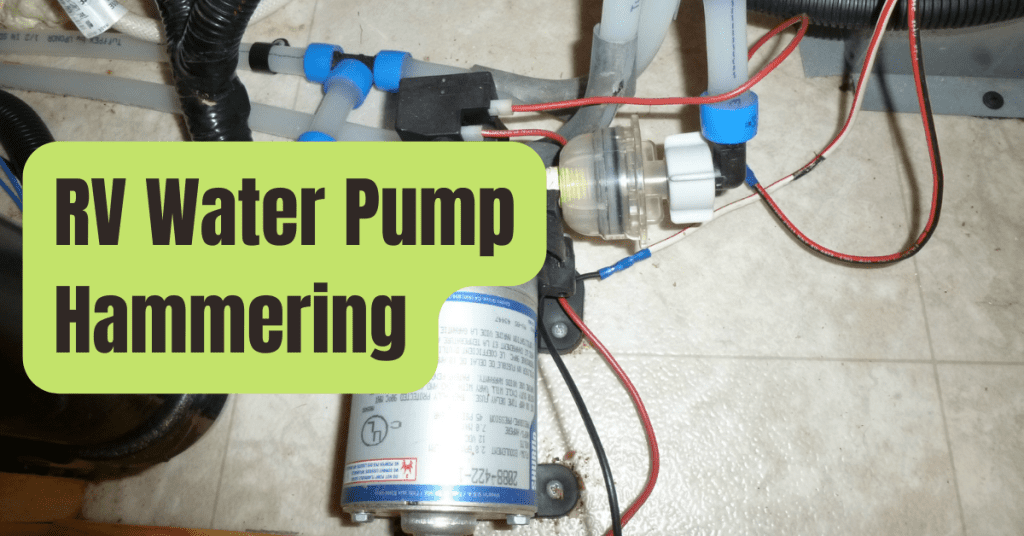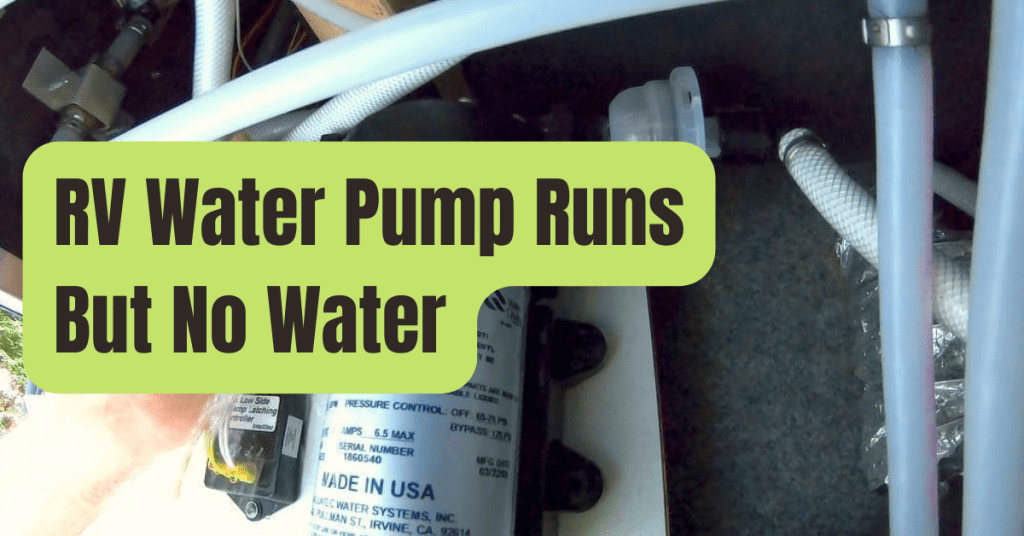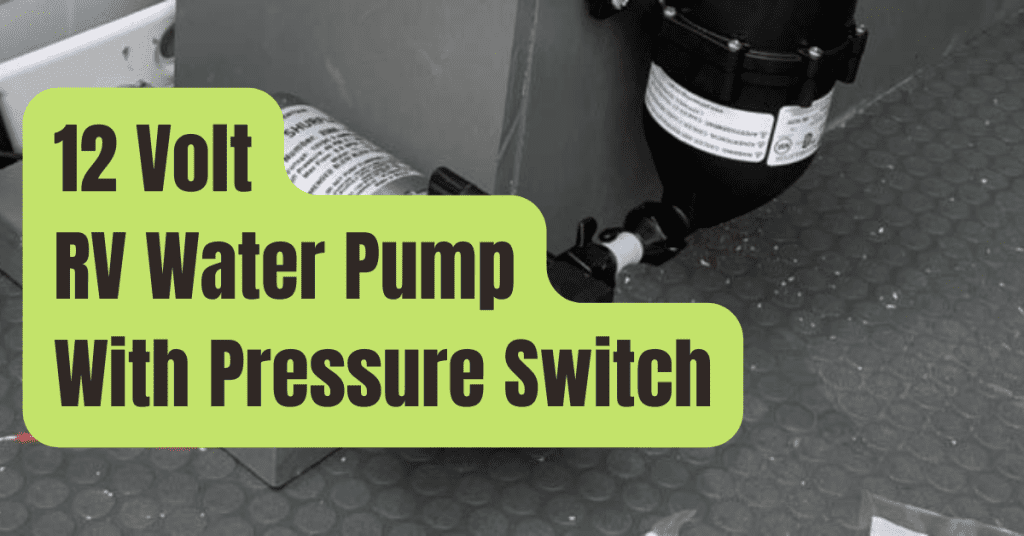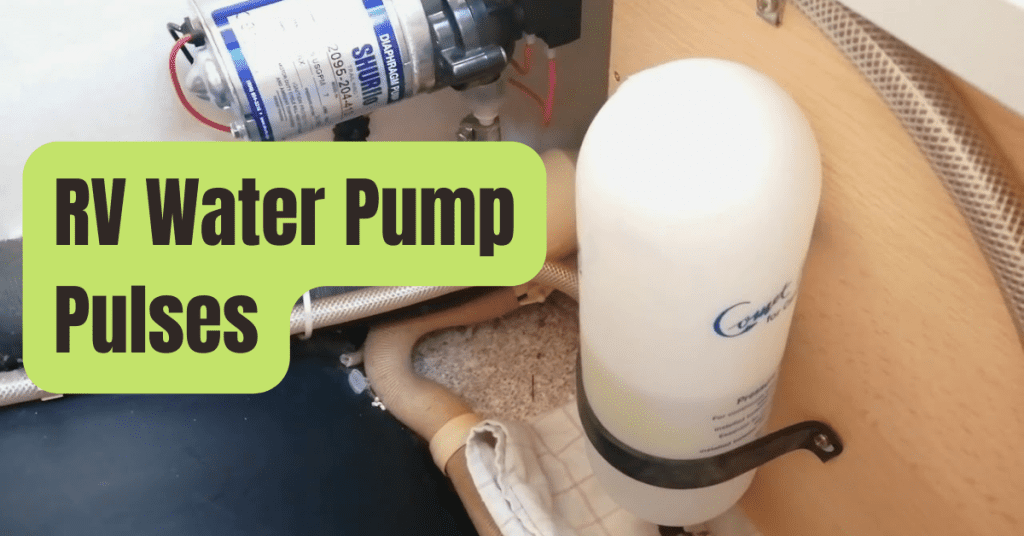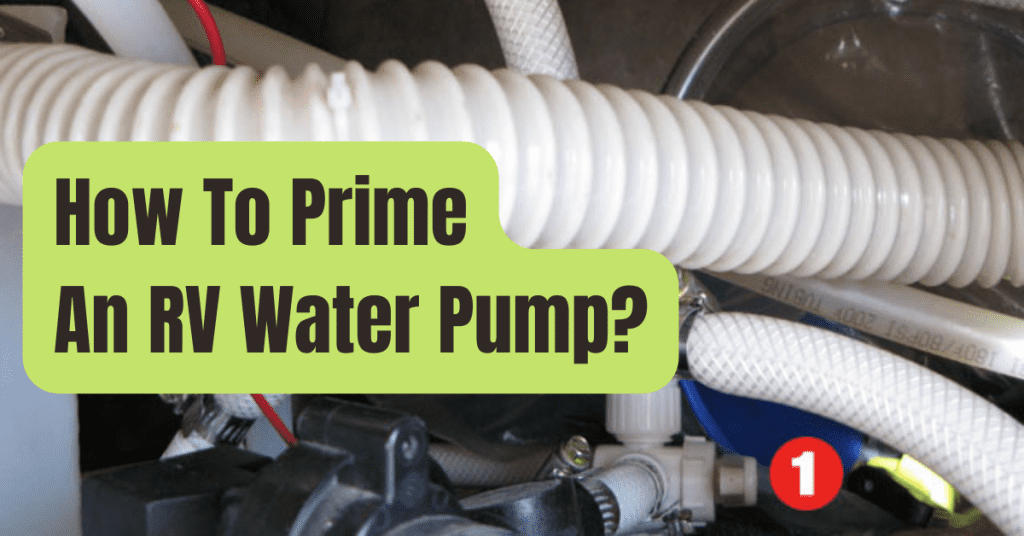Hard water is groundwater that has high concentrations of minerals like calcium or magnesium.
Water softeners are tools made to lessen the presence or impact of minerals in the water supply of your home.
This article discusses the many varieties of water softeners and how they might enhance your water supply while safeguarding your plumbing.
What Is Hardness of Water?
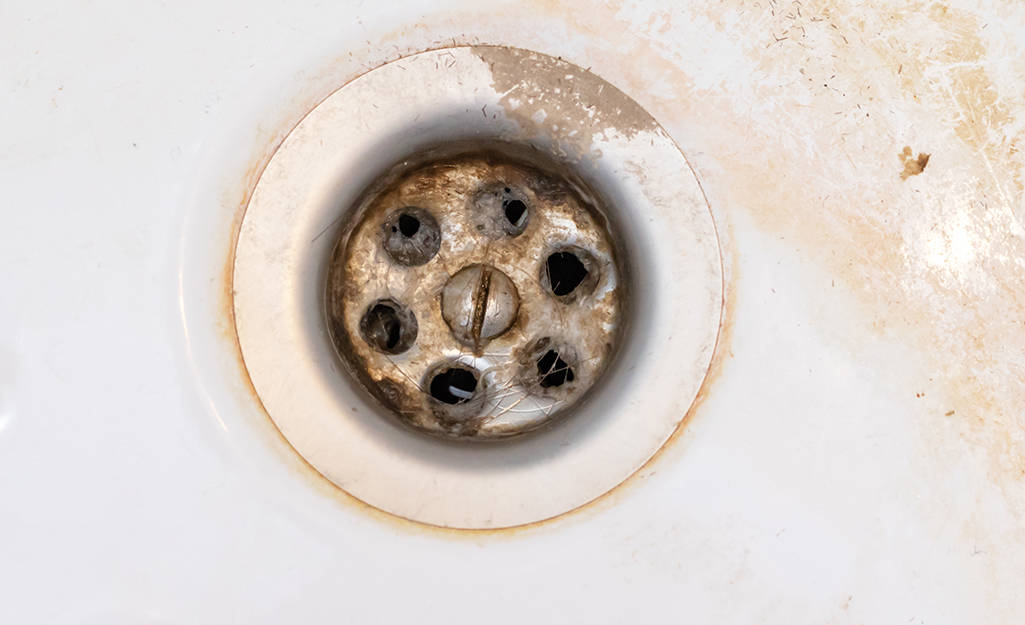
- Although rainfall is “soft” when it first falls on the ground, when it enters aquifers, it may pick up minerals including calcium, magnesium, and trace metals. Despite being safe to drink, hard water may make soaps and detergents less effective, which can lead to bathtub rings, stains on glasses and dishes, less effective clothes washing, and less efficient soap and shampoo rinsing.
- Additionally, scale buildup and mineral deposits from hard water deposits may affect water heaters, ceramic tile, coffee machines, and water supply pipes. This may result in a decrease in water flow, a shorter water heater lifetime, and long-term harm to plumbing and fixtures.
- To find out how hard your water is, use a water testing kit. Technically, a level of one grain per gallon (gpg) or more indicates some water hardness, but seven gpg often denotes the potential need for a water softener in your house.
How Big Of A Water Softener Do I Require?
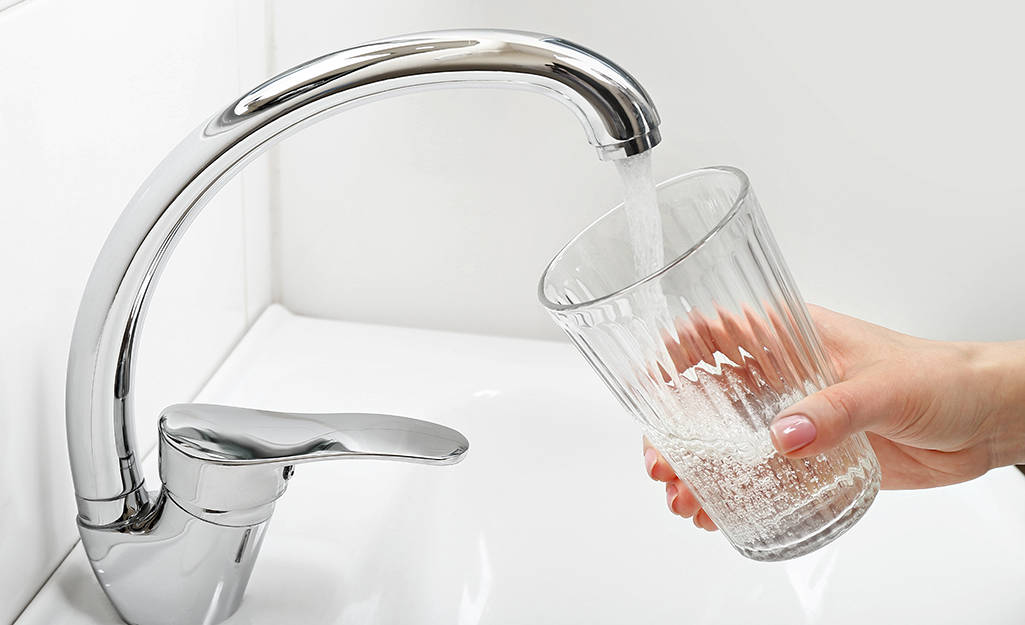
- Calculating the typical daily gallon use of your family can help you choose the right size water softener for your home. Multiplying the number of persons in your home by the daily average for gallons used will give you this figure (usually around 75.) Then divide that result by the amount of hardness in gpg that was discovered when you tested your water.
- For instance, if your family of four uses 75 gallons of water per day on average, and your water test indicates that your water hardness level is 7 gpg, your math would be as follows: 4 x 75 x 7 = 2,100. Find water softeners that have a daily processing capacity of at least 2,100 gpg.
How Water Softeners Function
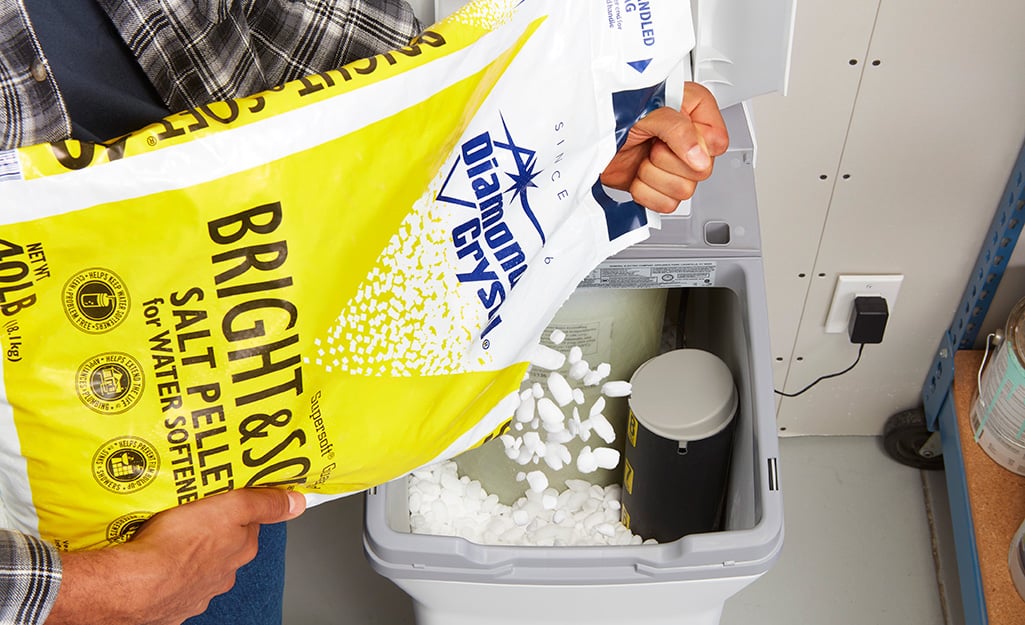
- Hard water is filtered through a mineral tank by water softeners. A bed of negatively charged resin or plastic beads or plastic is within the tank. Calcium and magnesium are examples of “hard” particles. The negative charge of the water softener resin attracts the positive charge of these particles, keeping it on the beads and removing it from the water.
- To remove the hardness particles from the beads over time, the water softener performs a regeneration cycle. A combination of salt and water from the brine tank is sent into the resin bed via the unit’s control valve. The surplus material is flushed from the system and down the drain when the salt draws the minerals from the beads.
- At least once every week, but often more, regeneration cycles take place. The amount of water you consume and how hard your water is both affect how often regeneration cycles occur. Regeneration cycles will need to occur more often the harder the water is and the more water is utilized. Depending on the water softening system, regeneration cycles typically take 50 gallons of water. The device cannot be utilized during the regeneration cycle unless you have a dual-tank water softener.
- There is no need to replace resin beads. Fill the brine tank with water softener salt on a regular basis to preserve the performance of your water softening system. The size of the salt tank in your water softener system and the number of regeneration cycles will determine how often you need to refill the salt.
Water Softeners That Use Ion Exchange
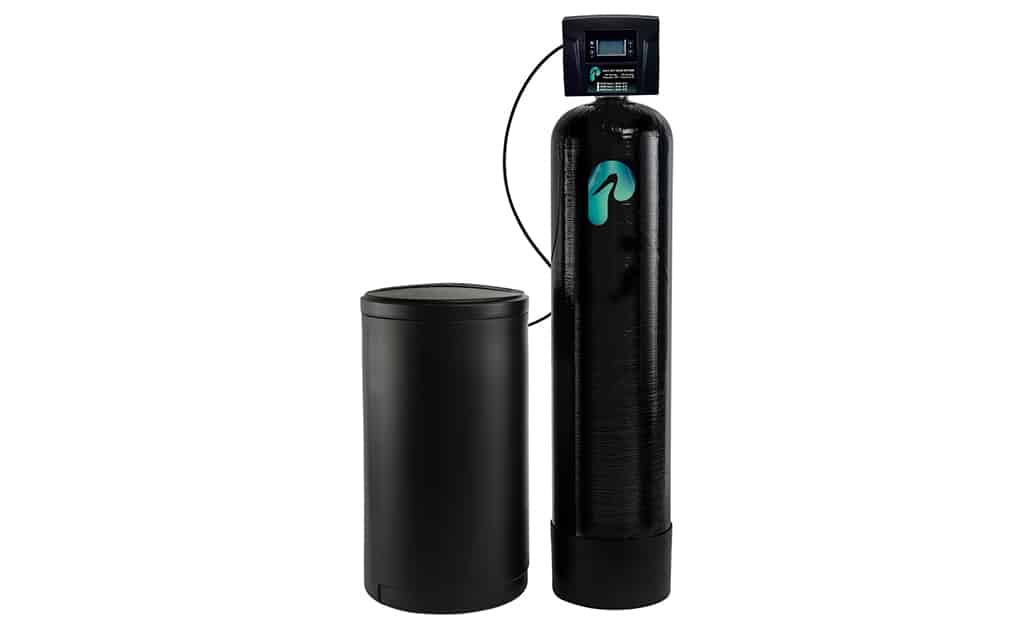
Ion exchange water softeners, dual-tank water softeners, and salt-free water softeners are the three most popular kinds of water softener systems.
- Ion exchange water softeners exchange ions, or electrically charged particles, in a water supply using the technique mentioned above. They typically replace the ions of magnesium, calcium, iron, and other hard minerals with sodium ions.
- Water softener salt has to be replenished on a regular basis in ion exchange water softeners. Although these water softeners only slightly increase the salt content of drinking water, they may not be the best choice for those wanting to lower their sodium intake.
Water Softeners With Two Tanks
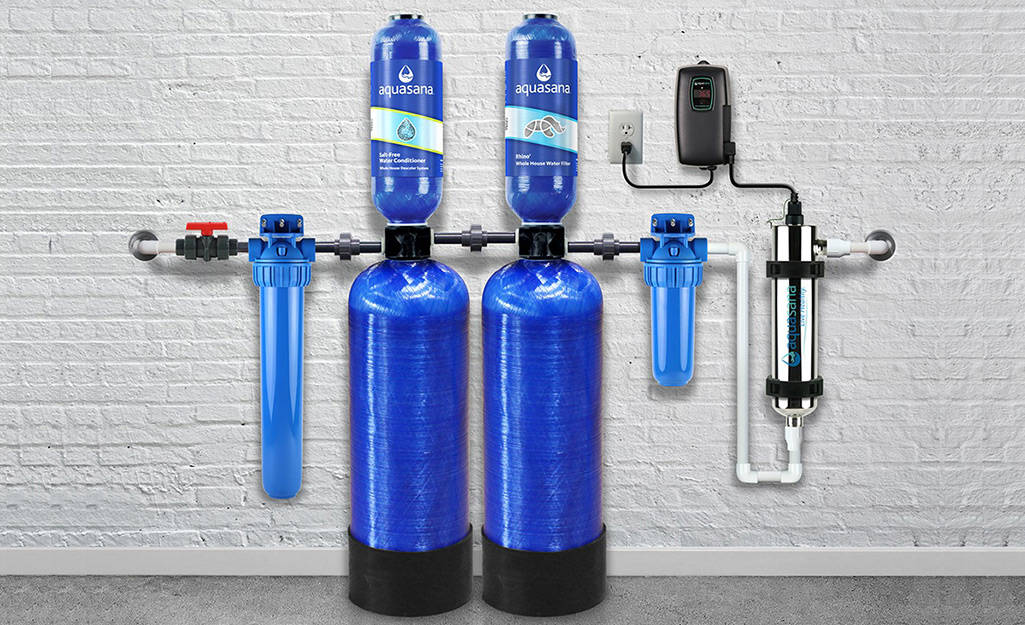
- Dual-tank water softeners are ion exchange types that include two resin tanks so that one tank is always usable while the other is in the regeneration cycle, guaranteeing that a family may obtain soft water whenever they need it.
- Although it is often more costly, this choice could be preferable for big families, those with heavy water demand, or those with erratic schedules who might find a nightly regeneration cycle inconvenient. Compared to single-tank water softeners, they often occupy more space.
- There are dual-tank variants of salt-free water softeners as well.
Free-Of-Salt Water Softeners
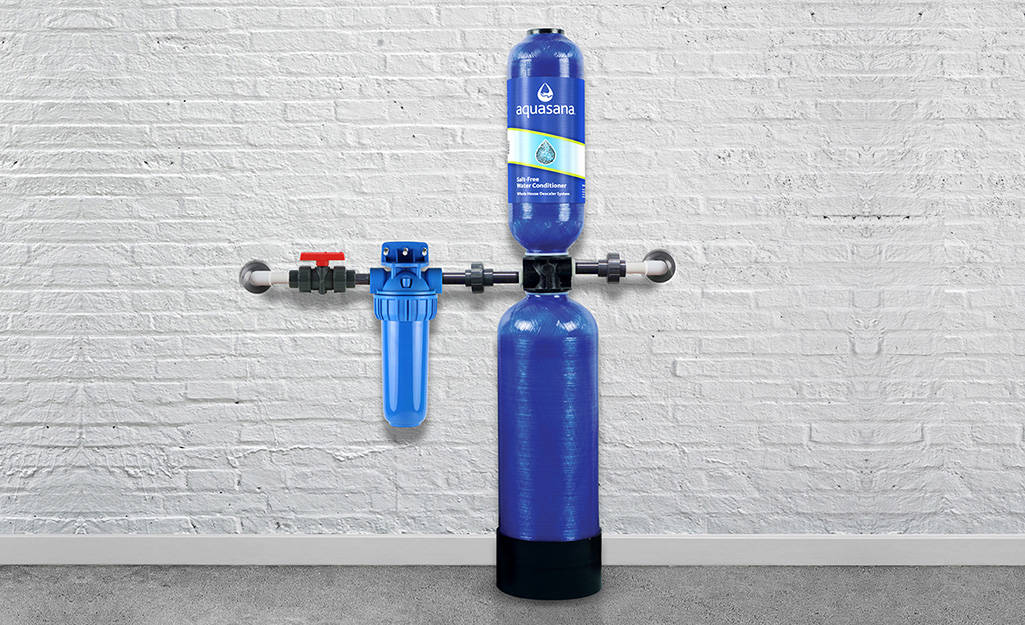
- In place of sodium, salt substitutes made of potassium chloride are used in salt-free water softeners. Instead than reducing the hard minerals in your water, water conditioners work to keep them from accumulating in your pipes and household appliances. Although it costs more than sodium, potassium is thought to be more ecologically friendly. These softeners may be preferred by those who are cautious about their salt consumption.
- In addition, while none of them utilize salt, water conditioners, reverse osmosis systems, and magnetic water softeners are sometimes included with these systems despite using distinct filtering techniques and not being recognized as real water softeners.
Installation and Features of a Water Softener
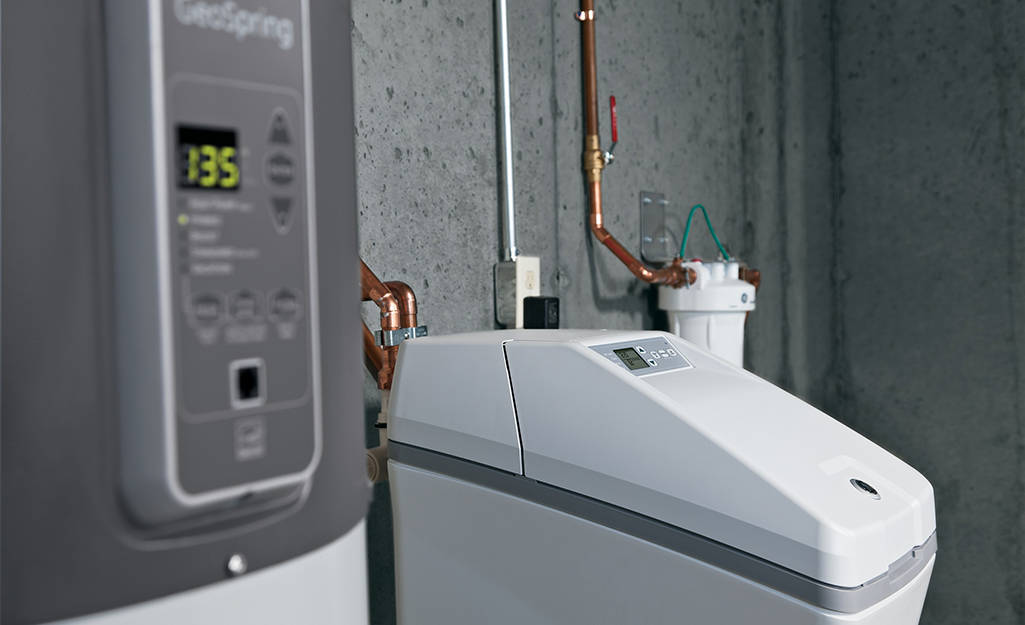
Water softeners might have unique characteristics in addition to twin tank types.
- The machine may be recharged using a timer control, but they usually work best if you continuously use the same quantity of water each day.
- Demand-initiated regeneration (DIR) controls, which may utilize salt and regeneration water more effectively and save waste, detect when the resin needs to be recharged.
- While installing a whole-home system may be simpler if a professional is consulted, homeowners may install a water softener by following the directions in the owner’s handbook.
- The whole-house water softener installation specialists at The Home Depot are regional, qualified, covered by insurance, and have been thoroughly vetted. Find out more about the free in-home consultation offered by The Home Depot’s water treatment system installation services.
Advice: Before installing a salt-based water softener, make sure to verify your neighborhood’s regulations.
Softened water typically is gentler on your plumbing and increases the efficacy of detergents and other soaps due to the elimination of hard water minerals.
How items move about the home might be affected by the kind of water softener installation used.

